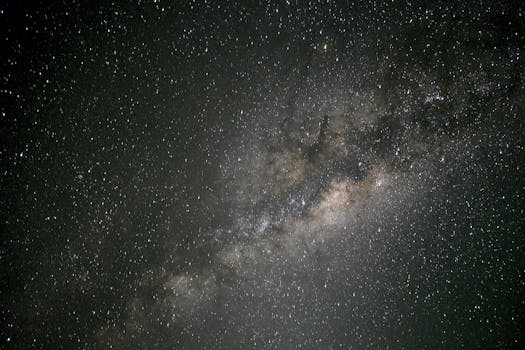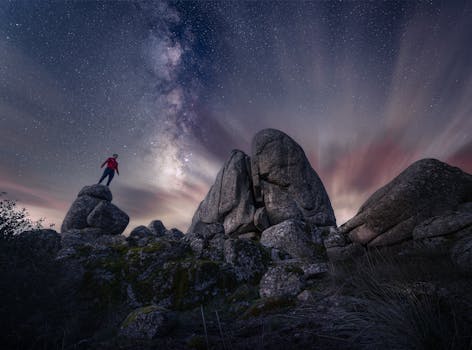
The Mystique of Galaxies

Galaxies are vast collections of stars, gas, dust, and dark matter, each with its own unique story. They serve as cosmic archives, holding ancient secrets of the universe’s formation and evolution. Understanding these celestial bodies allows us to grasp the fundamental processes that shaped our cosmos.
Formation of Galaxies

The formation of galaxies is a complex process that began shortly after the Big Bang. Initially, matter was distributed uniformly, but as gravitational forces acted on it, small fluctuations led to the clumping of matter. Over billions of years, these clumps merged to form the first galaxies, marking the beginning of a cosmic evolution that still continues today.
The Life Cycle of Galaxies

Just like living beings, galaxies go through a life cycle. They are born, evolve, and eventually die. The processes of star formation, supernova explosions, and black hole activity play crucial roles in a galaxy’s life. Understanding these processes helps astronomers decipher the secrets embedded within these cosmic giants.
Galaxies as Cosmic Archives

Each galaxy contains a wealth of information about the universe’s history. By studying their light, scientists can learn about their age, composition, and the events that shaped them. This knowledge not only reveals the past but also helps predict the future of our own Milky Way and the fate of the universe.
Modern Techniques in Studying Galaxies

With advancements in technology, astronomers have developed sophisticated tools to study galaxies. Telescopes equipped with powerful sensors capture light from distant galaxies, while computer simulations help model their evolution. These techniques allow scientists to delve deeper into the ancient secrets that galaxies whisper, shedding light on the mysteries of the cosmos.





